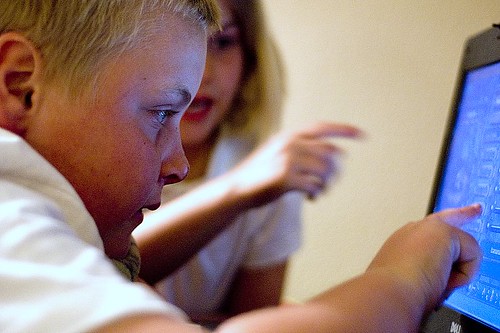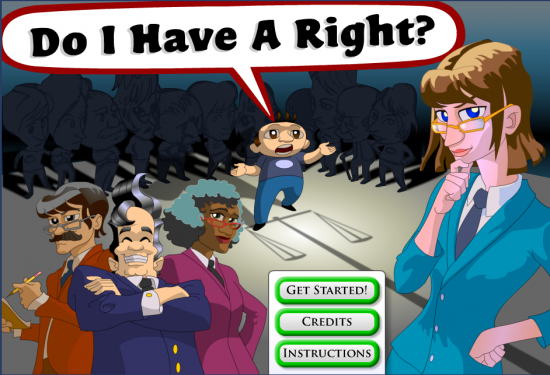According to a wiki at gamification.org, “gamification typically
involves applying game design thinking to non-game applications to make them
more fun and engaging”.
In other words,
gamification is making a game out of something that normally is not thought of
as a game to make it more interesting and engaging for the learner or
user.
For some time I have thought that
making something into a game, electronic or otherwise, can be an excellent
tool for motivating students. I have often played games or converted classroom activities and more traditional 'worksheet' activities into games when I was teaching. For video games, the
instant feedback and rewards for mastery as well as the automatic increase of
the level of challenge are an important element of video games which, if able
to be incorporated into a game where students were learning the language, could
make for an engaging and valuable learning experience. Several of the articles
and videos from this week seem to suggest this as well.

I
would love to find a game, and have searched for one in the past as well as
this week, that combines these elements and also helped with language
learning.
The problem is, I don’t think there are many
games that provide a rich enough language experience to truly be used for
anything other than enrichment outside of the classroom.
One of the main reasons for this is that many
of the games also take a while to play and so they don’t always seem like an
efficient use of class time.
They also take a while to figure out so by the time you figure out how to play the game and are actually getting something out of it, several class periods have gone by. This week I
have literally spent hours trying out different games from our
assignment sheet to see if there are any I would use and honestly, I cannot say that I
would use any of them in the classroom.
I
played many games at
games for change (many of which I enjoyed),
Third World Farmer,
The McDonald's Game,
Against All Odds,
Budget Hero,
The Garbage Game,
Darfur is Dying, and several of the
point and click and
escape the room games.

Although many of the the games are engaging and interesting and I’m sure the
students would enjoy playing them, I just don’t see spending that much class
time for the amount of language learning that would happen, especially language
learning that I could actually evaluate.
Some of the suggested games, such as Pac-Man seem to be truly a waste of
time in terms of language learning even though they are fun to play.
A few
of the other games could maybe be used and would provide language practice and interaction,
but to me they seem much less efficient than typical classroom activities and so I
don’t see myself using them for anything other than enrichment for students to
do on their own time or for rare occasions when one or two students finish work
early.
A few of the games were also obviously made by non-native English speakers and had incorrect or awkward English grammar and vocabulary, which I would not want to use with the students.

Although it may not seem like
it based upon this post, I actually am not completely anti-video game, I have played video games on occasion and have enjoyed them, however the ‘escape
the room’ concept seems like a waste of time for a language learner or
not.
The only use of them for me would be the ones in the article using the walkthrough, as a reading comprehension, listening, or partner activity.
I would only use ready-made ones, however,
because I can’t imagine the boredom of having to figure out where to randomly
click on a computer screen to get out of a fake room (and why someone wanted to spend the hours to do this already is beyond me).
Teachers are so busy and I can't imagine spending hours clicking on a screen to create a reading comprehension activity to use for one class period. I would consider using one of the ready made ones especially for a day when the students had a sub or something,because it would be different for
them and they would probably be engaged in it.
I would consider the activity to be the walkthrough, though, and not the game itself and think that something similar could be done with a picture.

Maybe I am being closed-minded and there are some
great uses for video games in the classroom, but gamification is something I have thought about for quite a long
time and know that I would be open to something if I felt it truly provided
valuable language practice in an efficient manner that students can not get in some other (and easier) way. I would,
however, see it as a positive thing if the
students played these games on their own time and would definitely encourage
them to do so.
Have you found any games to be useful and relevant in the language learning classroom? If so, I'd love to hear about them! Please let me know in the comments!












